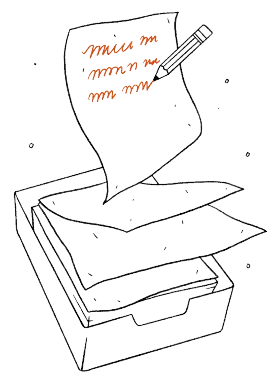In this lesson on natural pest control, students discover how a team of ducks helps South African vineyards fight pests—without harmful chemicals. It’s a real-world example of sustainable farming that protects biodiversity and supports climate-friendly agriculture.
In South Africa’s scenic wine country, over 500 Indian runner ducks are doing more than entertaining tourists—they’re eating insects like snails that damage grapevines. Instead of relying on synthetic pesticides, these ducks offer a chemical-free, eco-friendly pest control solution that supports both the land and local biodiversity.
This quirky yet powerful story raises a bigger question: What small, natural solutions could help us grow food and protect the planet? Watch the video below (2 minutes long) and get started on the discussion questions.












